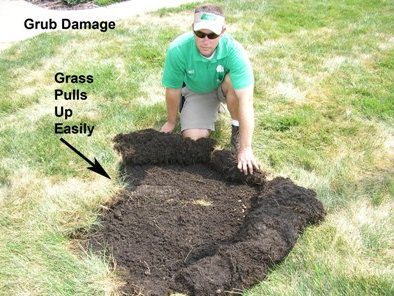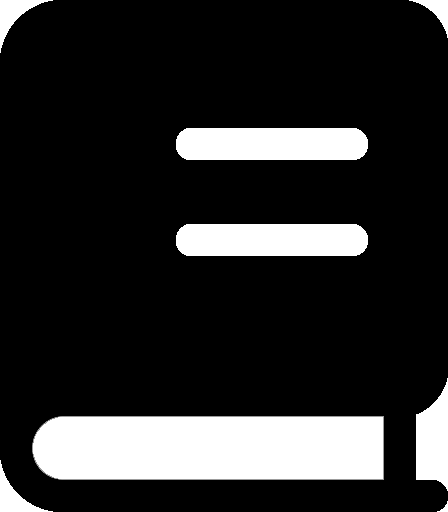The Science Behind Holganix
Grub Damage 101
This report is by Dr. Neidermyer of Holganix LLC

It is October 9 and here in southeastern Pennsylvania, we are hearing a lot about grubs. Many people in the trade are talking about “grub breakout” and “loss on grub control”.
What is going on? To understand grubs, one must understand the grub life cycle. What is a grub? A grub is the larvae of a beetle, here in southeastern Pennsylvania, mostly the larvae of Japanese beetle and chafer beetles. In June of each year, the larvae pupate. They emerge as adults in July. After emergence, their whole purpose in life as adults from July to August is to eat, mate and lay eggs. The adults die in late July. Before she dies, the female lays about 60 eggs in moist soil beneath the turf.
The beetle eggs hatch in early August and from then until late September, they go through three larval stages. During this time, these larvae eat grass roots. If their numbers exceed 10 larvae per square foot, they will cause serious damage to lawns. Turf with ten or more larvae per square foot should be treated with insecticide to prevent damage to the grass.
What happens after September? At this time, the damage is done. The surviving larvae in the soil have one mission. That mission is to get below the frost line (6 to 8 inches deep) before the frost hits. At the end of October, it is too late. Larvae above 6 to 8 inches will die. Those below will live to emerge as adults next July. These larvae have one more mission in life. In late May, they will return to the top 2 inches of soil to pupate. They will stay as pupae for about 3 weeks and then in July they will emerge to eat, mate and lay eggs completing the life cycle.
When do these insects eat? As adults they eat leaves. The Japanese beetle eats rose, grape and some fruit tree leaves. Their eating activity is noticed. Chafer beetles eat leaves of trees and shrubs in the woodland and are not widely noticed.
The larvae eat grass roots. In sports turf and lawns this is a problem. As mentioned above, larvae population is the key to damage. Over ten larvae per square foot is a problem. If the larvae population is ten or more, it is time to use an insecticide. These larvae will eat from the time they hatch in August until the time they seek shelter from frost in October. It is the larvae in late summer through September that must be controlled. This is the dormant season for cool weather turf. The grass is dormant and the larvae are eating the roots. New roots are not being generated. This is when turf damage occurs. The larvae that come to the surface in the spring do eat roots until they pupate, but this is a short period of time (3 to 4 weeks at most), and during this time, turf grass is growing vigorously and can withstand damage from root feasting grubs.
When to apply insecticides for grub control? There are two approaches: preventative and curative. There are several product choices for the preventative approach: Arena, Acelepryn, GrubEx, Merit or Meridian. These products should be applied during the egg laying period (July). The catch is that these products have short half lives in the soil (they break down quickly). If you apply too early, the insecticide may not remain in the soil at insecticidal levels capable of killing larvae. If the timing is right, control should be good.
There are two products for the curative approach: Sevin and Dylox. If there are 10 or more grubs per square foot in September, you should apply one of these products. If you notice damage or count grubs in late September or early October, it is too late. The damage is done. The grubs are engaged in digging below the frost line. In this case, put your energy into restoring the lawn. Apply fertilizer, irrigate, patch seed and apply Holganix to encourage new plants and rooting activity.
 3 min read
3 min read
-2.jpg)
-1.jpg)
-1.jpg)
-1.jpg)
.jpg)

-2.jpg)
-1.jpg)
-1.jpg)
-1.jpg)
.jpg)





.webp)
-1%20(1).webp)
-831535-2.webp)



.png)

-1.png)
.png)